The Rise of Serverless Architecture and Its Benefits
Explain the concept of serverless architecture, its advantages, and use cases in the context of MERN stack development, highlighting scalability, cost-effectiveness, and reduced infrastructure management.
In recent years, serverless architecture has emerged as a transformative approach to building and deploying applications. By abstracting away infrastructure management and scaling capabilities, serverless architecture allows businesses to focus on their core functionalities and accelerate development processes. In this blog, we will explore the rise of serverless architecture and the numerous benefits it brings to businesses, contributing to their overall business development process.

- Understanding Serverless Architecture: Contrary to its name, serverless architecture doesn't mean there are no servers involved. Instead, it refers to a cloud computing model where the cloud provider manages the infrastructure, and developers can focus solely on writing code. In a serverless architecture, applications are broken down into smaller functions or microservices, and these functions are executed on-demand in a stateless manner. The infrastructure automatically scales to accommodate the workload, and you only pay for the actual usage of resources.
- Scalability and Cost Efficiency: One of the key benefits of serverless architecture is its ability to scale seamlessly. As the demand for your application increases, the cloud provider automatically provisions resources to handle the workload, ensuring optimal performance without the need for manual intervention. Scaling is done in real-time, allowing your application to handle sudden spikes in traffic and deliver a consistent user experience. Additionally, the pay-per-use pricing model of serverless computing ensures cost efficiency by charging you only for the resources consumed during the execution of your functions.
- Increased Development Speed: Serverless architecture enables developers to focus solely on writing code and building business logic, without the overhead of managing servers or infrastructure. The cloud provider takes care of operational tasks such as provisioning, scaling, and monitoring, allowing developers to accelerate the development process. With serverless, you can quickly iterate on your application, deploy updates with ease, and reduce time-to-market for new features and services. This increased development speed empowers businesses to stay agile and respond rapidly to market demands.

- Improved Scalability and Fault Tolerance: Serverless architectures inherently offer excellent scalability and fault tolerance. By breaking down applications into smaller functions or microservices, each function can be independently scaled based on demand. This granular scaling ensures optimal resource utilization and eliminates the need for over-provisioning. Moreover, serverless platforms automatically handle fault tolerance, distributing the execution of functions across multiple availability zones. This resilience allows your application to remain highly available even in the event of failures, contributing to a robust and reliable business infrastructure.
- Reduced Operational Overhead: With serverless architecture, the cloud provider manages the infrastructure, including server provisioning, operating system updates, and security patches. This offloads the operational overhead from your development team, allowing them to focus on developing core functionalities and adding business value. Additionally, serverless platforms provide built-in monitoring, logging, and debugging capabilities, making it easier to identify and resolve issues. The reduced operational overhead frees up valuable resources and enables your team to concentrate on strategic business initiatives.
- Event-Driven and Integrations: Serverless architecture is well-suited for event-driven applications and integrations. Events can trigger serverless functions, enabling seamless integration with other services and systems. This event-driven nature allows you to build reactive and scalable applications that respond to specific events or triggers, such as user actions, data changes, or external API calls. The ability to integrate with various services and leverage third-party APIs enhances the functionality and flexibility of your application, opening doors to new business opportunities and partnerships.
The rise of serverless architecture has revolutionized the way applications are developed, deployed, and scaled. By abstracting away infrastructure management, serverless empowers businesses to focus on core functionalities, increase development speed, and leverage the scalability and fault tolerance of cloud platforms. With reduced operational overhead and seamless integrations, serverless architecture provides a solid foundation for accelerating business development processes and enabling innovation. Embrace serverless architecture to unlock the benefits of scalability, cost efficiency, and agility in today's rapidly evolving digital landscape.

























